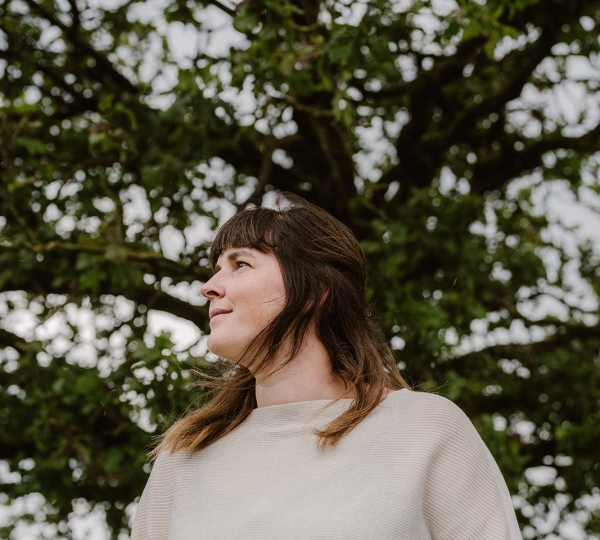A future-proof business model

- How do you run an organisation with a sustainable business model?
- How do you manage to stay successful?
- How do you balance making an impact with making a profit?
- How can you tell if your business model is future-proof?
To put it plainly:
- We analyse your current situation.
- We uncover potential risks.
- Together, we come up with scenarios to prep your organisation for the future.
The world is evolving rapidly, competition is fierce, and societal challenges won’t wait. Hitting the pause button is not an option. That’s why a future-proof business model is any (impact) entrepreneur’s holy grail.
At S&L, we start by diving into your current model. Before we can tweak, fine-tune, and plan for what’s ahead, we need a clear understanding of how things are currently going. This includes identifying key relationships and blind spots within your business model.
The Business Model Canvas has evolved into a shared language for describing, visualising, assessing, and reshaping your organisation and its revenue stream(s). Think of a business model as the core idea behind how a company generates, delivers, and maintains its value.
Together, we take a closer look at issues that are currently causing roadblocks or posing significant risks. These pain points or bottlenecks could potentially trigger a cascade of problems down the line. Following a thorough exploration phase, it’s up to us strategists to offer our clients a straightforward perspective. This includes identifying weak spots or risks within your business model.
Through guiding a few hundred impact entrepreneurs, we at S&L discovered some patterns within the Business Model Canvas. More specifically: common combinations of weaknesses, calling for a specialised approach.
And now for the fun part. After dissecting your current business model, we roll up our sleeves and really start digging. Working together, we craft scenarios revolving around potential future business models. A key aspect is charting out external forces at play. We focus on relevant trends, market developments, and existing plus anticipated shifts in the industry. We assess their impact on your organisation and gauge whether that influence will grow or diminish over time.
Slowly but surely, the scenarios become more tangible, and we can start linking (scaling) possibilities to specific product-market combinations. This lays the groundwork for further exploration and elaborating on scenarios.
Want to know more or schedule a meeting? Have a question?
Don't hesitate and let us know.





